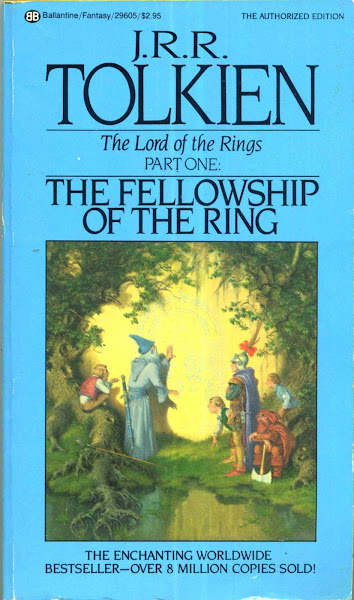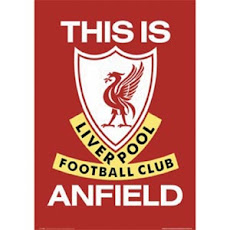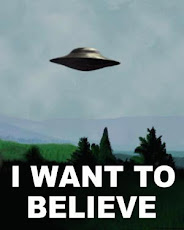What’s the call?
by rick olivares
You must have heard countless
times that officiating a sporting match is a thankless job. Whatever call you
make, someone will have something to say about it.
Sure, it is thankless. And it is
definitely difficult. But I am sorry, that is not an excuse. You can never call
a perfect game. There will always be varying opinions or one’s take on the
rules, but what an officiating crew – including their supervisor – is to cut
down on calls that – well – make a difference and change the outcome of a
match. The recent brawl between Australia and the Philippines was also because
of the failure of game officials to not only control the players, but to also
make the appropriate calls or issue warnings of the stern kind.
There are hundreds of basketball
leagues all over the Philippines and I imagine there must also be quite a
number of referees groups. Each one under different personalities. You see
certain officials criss cross. They transfer for a variety of reasons – usually
for competence and sometimes because they engage is shenanigans.
Why aren’t these officials under
one umbrella? Why is their interpretation of the rules different from one
another? Why are some officials who are banned or fired still officiating in
the first place?
Are the PBA referees the only
ones who review matches using video?
Plenty of questions – and there’s
more I can assure you.
And that brings me to the current
NCAA Season 94.
Most of the referees are new. A
coach of one team personally told me that he asked one ref about his experience
and he replied, barangay level. The coach was aghast. From the barangay to the
NCAA?
Watching a recent match played by
Jose Rizal University, a Heavy Bomber grabbed the defensive rebound and was
called for stepping on the line when his foot was a good two feet away from the
baseline. I sat by the baseline and was aghast at the call.
Last Friday, July 27, the
Arellano University Chiefs went up against the San Sebastian Golden Stags. Two
really bad calls went against Arellano – all in overtime.
The first was at the 2:10 mark
when one official called Arellano’s Maui Sera Josef for a foul! What happened
was SSCR’s Michael Calisaan was trapped in the right corner forcing him to
throw the ball out to teammate Alvin Capobres. The shot clock was winding down
and he immediately threw the ball to teammate Michael Are who drove to the
basket and missed an attempt with three seconds left in the shot clock. Three
players contested the rebound – SSCR’s Capobres and JM Calma and Arellano’s
Sera Josef. Capobres was backing up and pushed Calma into the way of Sera Josef
who hardly grazed Calma. Yet the Chief was called for the foul. The score was
tied at 76-all at that point and Calma tacked on one free throw.
A minute and 55 seconds later
with Arellano trailing San Sebastian 80-79 and 15 ticks left, that same
official called the Chiefs Michael Canete for a pushing foul. What happened was
the Stags’ Arjan Dela Cruz called for a screen from Calma. Calma was Cañete’s
man and he followed knowing the two Stags were going to run a pick and roll
with all its options. And now, he never shoved Calma – as the referee’s motion
suggested. He could have called a hand check on the Chief’s Levi Dela Cruz but
it would have been a soft call as he hardly held Dela Cruz. The call was
against Cañete. I was also able to take video of that call and I also recall
the Arellano coaching staff really shocked at the audacity of the call. I
showed it to Jerry Codinera afterwards and he held back his anger.
Calma split his free throws,
81-79, SSCR.
With time running out, Sera Josef
found Dela Cruz above the arc and with three seconds left hit a deadeye trey
over Are and Arjan Dela Cruz for the game winner.
You can say that it is poetic
justice for Arellano, but these are crucial calls that could have really
changed the outcome of the game.
That match should have been won
by San Sebastian but they shot atrociously from the free throw line and that
clearly did them in – 12-28 for 42% shooting. Eight of those 12 missed free
throws were from the hands of Calisaan. If he made two free throws at the end
of regulation then there would have been no overtime.
But this isn’t about missed
opportunities but bad calls. And there were some really questionable ones
during the Lyceum-Mapua match that closed out seniors’ ball last Friday.
I know teams work really hard,
schools and fans spend their hard-earned money, and at the very least they
should get a well-played match with pretty good officiating.
If teams watch game film
afterwards what I want to know if the officiating crews and supervising
officials do the same? Or do they run off to their next gig like the MPBL?
As a people, we have made great
strides in the way the game is taught and played. But sorry, in my opinion,
officiating, hasn’t improved. Yes, again I know it is a difficult job and the
referees should get really good training and be protected from obnoxious fans
or even those who deign to affect the game with their betting and whatnot.
The question remains, what is
being done to improve the quality of officiating?









No comments:
Post a Comment